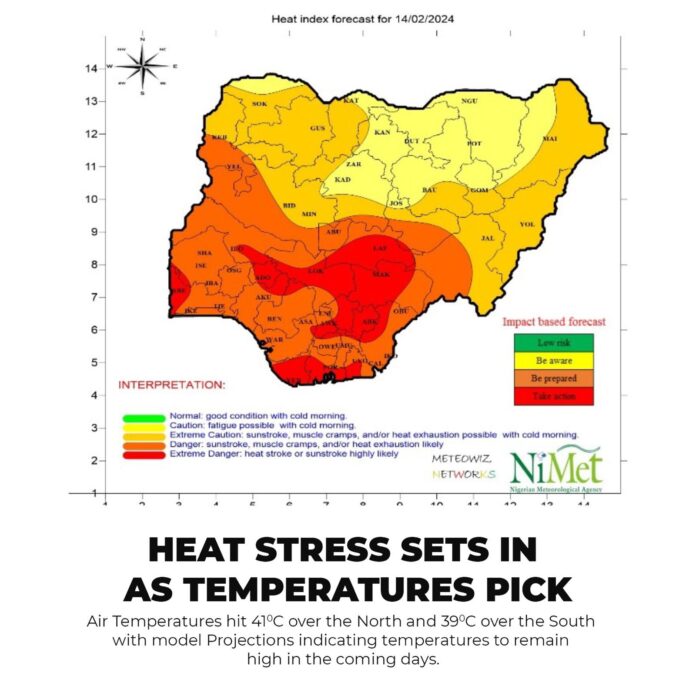As the temperatures continue to soar in Nigeria, the threat of heat-related illnesses, particularly heat stroke, becomes increasingly imminent.
The scorching sun beating down on the African nation raises concerns about the health and well-being of its residents. Heat stroke is a severe condition that occurs when the body’s cooling mechanisms fail to regulate its internal temperature, leading to a potentially life-threatening situation.
In this article, we will explore the causes, symptoms, prevention, and treatment of heat stroke, shedding light on the importance of staying vigilant in the face of rising temperatures.
Understanding Heat Stroke
Heat stroke, also known as sunstroke, occurs when the body’s core temperature rises to dangerous levels, typically above 40°C (104°F). This condition arises when the body’s heat-regulating mechanisms become overwhelmed by external heat exposure. While anyone can fall victim to heat stroke, certain groups are particularly vulnerable, including the elderly, infants, outdoor workers, athletes, and individuals with chronic illnesses.
Causes and Symptoms
Heat stroke often develops as a result of prolonged exposure to high temperatures, especially when combined with dehydration and inadequate fluid intake. In Nigeria, where temperatures can soar during the dry season, individuals are at increased risk, especially when engaging in outdoor activities without proper precautions.
The symptoms of heat stroke can manifest rapidly and may include:
- High body temperature (above 40°C or 104°F)
- Rapid heartbeat
- Rapid and shallow breathing
- Dry, hot, and flushed skin
- Headache
- Dizziness or confusion
- Nausea and vomiting
- Loss of consciousness
Tips on How to Prevent a Heat Stroke
- Stay Hydrated: Drink plenty of fluids, particularly water, throughout the day, even if you don’t feel thirsty. Avoid excessive consumption of caffeine and alcohol, as these can contribute to dehydration.
- Seek Shade and Cool Environments: When outdoors, seek shade whenever possible, and take frequent breaks in air-conditioned or well-ventilated spaces to cool down.
- Dress Appropriately: Wear lightweight, loose-fitting clothing in light colors that reflect sunlight rather than absorbing it. Wide-brimmed hats and sunglasses can also provide protection from the sun’s rays.
- Limit Outdoor Activity: Try to schedule outdoor activities during the cooler parts of the day, such as early morning or late afternoon. If outdoor work or exercise is unavoidable, take regular breaks and listen to your body’s signals.
- Monitor Vulnerable Individuals: Keep a close eye on children, the elderly, and individuals with pre-existing medical conditions, as they are more susceptible to heat-related illnesses.
- Educate and Raise Awareness: Spread awareness about the risks of heat stroke and the importance of taking preventive measures within communities, schools, and workplaces.
If someone exhibits symptoms of heat stroke, it’s essential to take immediate action to prevent complications. Move the individual to a cooler environment, remove excess clothing, and apply cool compresses or immerse them in cool water if possible. Seek medical assistance promptly, as heat stroke can lead to organ damage and even death if left untreated.















